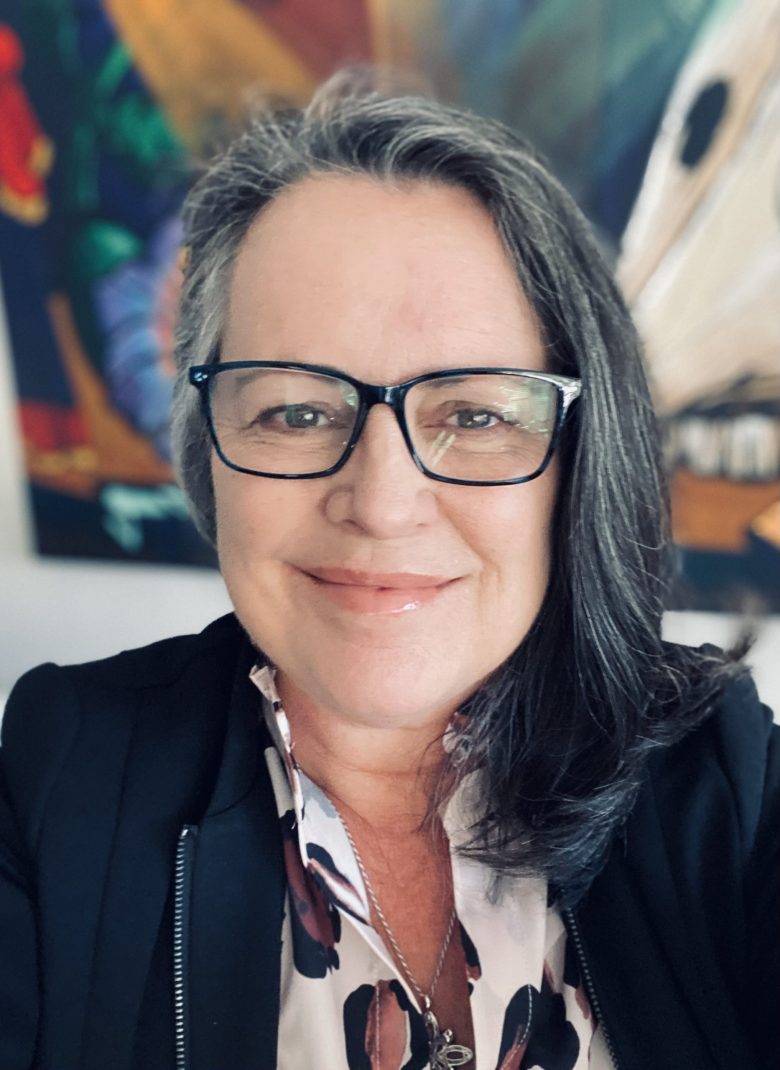It’s that time of year when we pause to consider our relationship to the planet. We might pick up some litter or go to a workshop on composting to honor Earth Day.
A gardener might get excited about starting seeds or a hiker planning their summer 14ers. I use this time of year to reconnect to nature and remember that I, too, am an organism in this ecosystem.
As an organism in this ecosystem, I am compelled to consider the state of the human organism. I stop to review how I am experiencing and influencing the current state of the planet, especially in this time when climate and culture storms are simultaneously commanding our attention.

My neighborhood, North Denver, has been pretty safe from major climate disasters. From our work-from-home cozy coffee houses, we watch on our laptops as hurricanes and tornadoes wipe out communities around the country.
Closer to home, we see and are connected to communities that have dealt with wildfire and flooding, but we have been blessed to be passed over. It feels as if we have been spared, so far, from the direct impact of wild, unpredictable storms, fire, flooding.
But is this the case? We do experience the overflow of those happenings through heavy smoke polluting our air, or climate refugees looking for their next homes, whether they are relocating only a couple dozen miles or 1,000.
Storms are not always caused by weather. Covid caused an upheaval we definitely experienced and continue to feel in its wake. We have felt the movement of climate, economic, technological and cultural changes that cause jet stream-like movements of individuals, families and communities in and out of our neighborhoods. And we are currently experiencing a political storm the length and breadth of which we have no clear understanding.
When multiple storms come together, they get names like “bomb cyclone” or “atmospheric river.” It seems to me that this current collision of cultural and climate chaos has the potential to upend much more than we are prepared for.
So, how does a community prepare when extreme weather occurrences threaten? They get together as families and communities to identify potential hazards, create lines of communication, designate meeting points, plan evacuation routes, learn about danger signs, gather resources, and assemble emergency kits and systems. For most of us, we rely on local, state and federal agencies to have our back. This may no longer be something we can rely upon.
Similarly, how can we follow this guidance to prepare for the extreme political crisis unfolding? The same way. Gather together in community. Survey hazards, communication lines, evacuation pathways, gather resources, and assemble emergency plans and supports.
The storm is upon us. It’s time to start preparing. I’m inviting my North Denver neighbors, also known by their neighborhood monikers of Berkeley, Regis, West Highland, Sloans Lake, Sunnyside, and the various other Highlands communities, to start meeting to address and build resiliency. Putting up barriers to protect ourselves is one way to face a storm, but reaching out to one another to build resiliency will help us weather the storm and come out stronger.
I’ve spent my career thinking about community and ecosystem resilience through the ebb and flow of community engagement. In this era of technological isolation we are more alone than ever, although there are more people in our neighborhoods. We are more likely to communicate through a smartphone in our hand rather than a phone call or visit, order our meals to be delivered rather than spend time at a restaurant, or shop through an app rather than go to the grocery store.
Now is the time to break those habits of isolation. It is time to come face to face to begin remembering and rebuilding the human ecosystem of North Denver as we face these challenging times.
I invite you to begin gathering in your communities to hold conversations about building resilience in both our human and nature ecosystems. We must learn from our mycelium and tree cousins about establishing and caring for the network of our families and neighbors. Learn from the birds and crickets about seeing and hearing what is happening. Notice how the squirrels gather and protect resources for the future. Did you know geese create childcare pods, allowing parents to use their skills and time where they’re needed?
These conversations should be held in person, IRL (in real life), as they say. Take the opportunity to meet and greet and get to know one another while addressing topics that can help with developing community resilience.
Do you remember the stories that come after a cataclysmic storm? Those are the stories of neighbors meeting neighbors, strangers offering help and learning to ask for help. That’s when you realize that our strength and preparedness is always tethered in one another.
In the spirit of Earth Day, let’s gather to see each other, acknowledge our space, and intentionally begin creating a resilience to strengthen our community and weather the storms that are upon us.
Lisa Rogers, a North Denver native, is a community resilience strategist dedicated to creating pathways through community engagement to innovative urban sustainability solutions. She can be reached at lisa.rogers.sustainability@gmail.com

